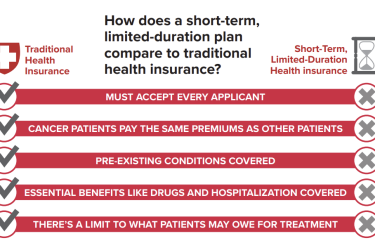
When health policy experts talk about ways to improve how Medicare and commercial health plans pay for care, they often recommend eliminating what’s called the site-of-service payment differential.
This differential allows hospitals to charge more than physicians can charge for doing the same service, in part because hospitals have more overhead.
For patients, the difference can affect whether a copayment is low if care is delivered in a doctor’s office or high if the service is done in a hospital.
In a recent article for The Upshot blog in The New York Times, Margot Sanger-Katz explained why this rule is important to patients and what the Obama administration and the federal Department of Health and Human Services have proposed to eliminate this payment differential. A new AHCJ tip sheet explains why journalists might want to cover this issue when hospitals acquire physician groups.
For the second straight year, HHS has recommended changing this payment rule. Last year, providers lobbied against the proposal, and it was dropped. But it’s back again this year, and Sanger-Katz predicts it has a chance of being implemented because it could save almost $30 billion over 10 years.
Sanger-Katz explains why this issue is important to consumers and perhaps galling as well.
For more information on the site of service payment rules, see our blog post on this topic from last year. This HealthAffairs issue brief from the Robert Wood Johnson Foundation explains the origins of differential payments and various approaches for eliminating them. And The Medicare Claims Processing Manual lists the sites where hospitals can charge more than physicians can charge.








